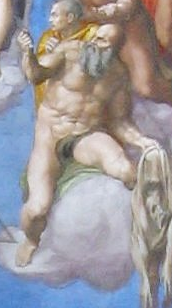Art and architecture as means for power: to understand the wide influence of the Papacy.
3 hours - by taxi
The Vatican Museum is one of the most outstanding art collections gathered by different popes throughout the centuries and displayed inside their lavish palace to amuse themselves and wealthy, selected guests. Greek culture and its revival during the Roman time are widely shown inside the Museo Pio Clementino. The godlike features, the beauty of the human form, the perfection of Nature, the expression of the feelings are concentrated in few masterpieces.
When you pop in the Sistine Chapel you feel overwhelmed. Figures all around and it's hard not to be captured, so go where your heart takes you.
Pope Julius II had asked only twelve apostles along the sides of the ceiling, but Michelangelo had a grander inspiration: the events from Genesis. Nearly twenty five years later the Master returned to paint the altar wall and when the twisted figures shown from every angle of the Last Judgment were unveiled, art changed its path.
St. Peter's Basilica, heart of the Roman Catholic Church, was built in the IV century A.D. by the emperor Constantine to mark on the ground the tomb of the apostle Peter. Pope Julius II commissioned a new, more outstanding temple in 1506. It took 120 years to accomplish this ambitious project.








